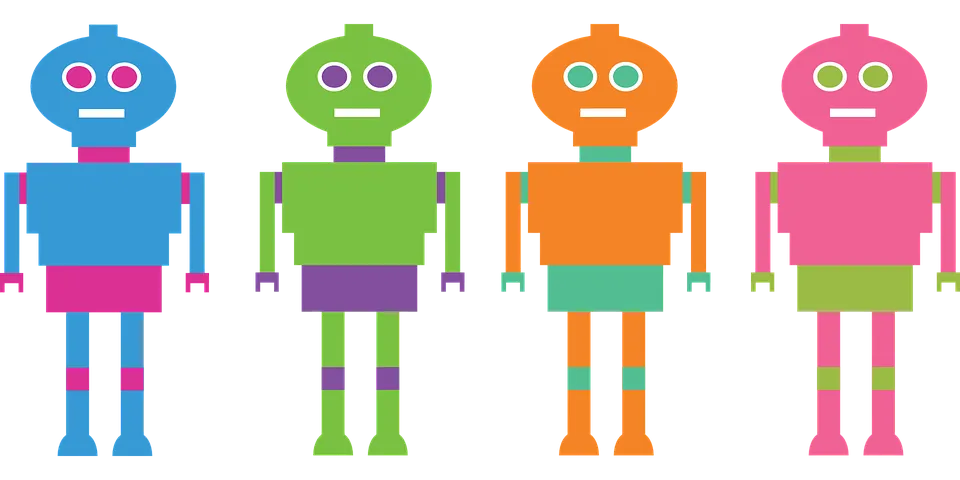Personal Preference Bot Nets and The Quantification of Intention

"Personal preference agents" are software autonomous agents (most commonly known as bots) that act on behalf of the individual. So if you for example tell your "personal preference agents" your needs such as a shopping list, the "personal preference agents" would automatically pursue tasks using AI to fetch whatever is on the list.
In the shopping example this would mean you would not have to spend time shopping and you would not be susceptible to vicious subliminal ads. It would save scarce time and attention for the human being by delegating AI to useful tasks.
Value is produced by services which save time or attention
The more time a bot saves, the more value the bot adds. The less scarce attention a human being has to spend on mundane tasks, the more value a bot adds. This simple equation can allow you to measure how much value a particular bot is adding or taking away. If a bot is spreading advertisements which are unwanted then it's noise, it takes away value, it makes it harder to find truly valuable content. Beneficial bots should do the exact opposite of spam and should always seek to add as much value as possible to Steemit and to their owner(s).
Intent casting 101
Traditional literature would call the "personal preference agents" a conditional preference network or in the generic sense a software agent network. Doc Searls calls it intent casting in his video on the subject. The main idea of Doc Searls's intent casting is to create an intention economy. Personal preference bots would be a means of bringing the decentralized "intention economy" to netizens.
The "personal preference agent" would be a particular kind of software agent which can accept preferences by the person and using AI seek to meet those preferences by connecting to various different external networks, blockchains, the web, etc.
The idea is each netizen should have the capability to utilize personal preference bots / "personal preference agents". These bots would then interact with multiple blockchains, multiple APsI or network interfaces so that for example the bot owned by Alice could contact the bot owned by Bob over any open protocol in automated fashion to relay an encrypted message, conduct a trade/transaction, or coordinate as a swarm (a sort of collective transaction). This would give each netizen the swarm intelligence capability and empower netizens.
References
Falkinger, J. (2008). Limited Attention as a Scarce Resource in Information‐Rich Economies. The Economic Journal, 118(532), 1596-1620.
Schatten, M., Ševa, J., & Tomičić, I. (2016). A roadmap for scalable agent organizations in the Internet of Everything. Journal of Systems and Software, 115, 31-41.
Searls, D. (2012). The customer as a God. The Wall Street Journal, 1-4.
Searls, D. (2013). Eof: Android for independence. Linux Journal, 2013(227), 9.